Home>Garden Essentials>How To Grow Papaya From Seed
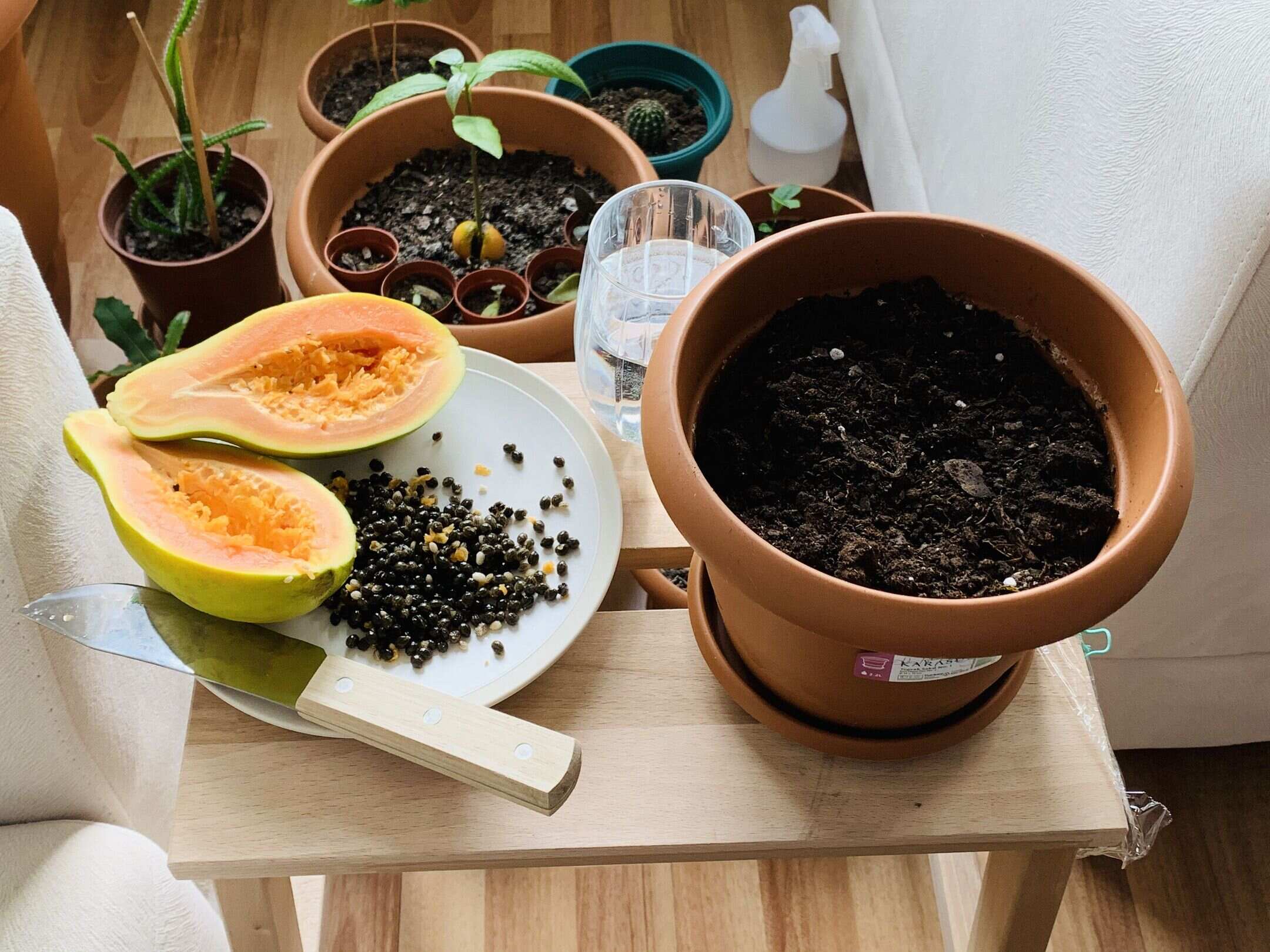

Garden Essentials
How To Grow Papaya From Seed
Modified: March 24, 2024
Learn how to grow papaya from seed in your garden with our helpful step-by-step guide. Start your own papaya plant today and enjoy the fruits of your labor!
(Many of the links in this article redirect to a specific reviewed product. Your purchase of these products through affiliate links helps to generate commission for Storables.com, at no extra cost. Learn more)
Introduction
Welcome to the world of gardening, where nature’s bounty unfolds before your eyes. Whether you are a gardening enthusiast or a beginner, the joy of growing your own plants and witnessing them flourish is unparalleled. In this article, we will dive into the fascinating journey of growing papaya from seed, a tropical fruit that is not only incredibly delicious but also packed with numerous health benefits.
Papaya, scientifically known as Carica papaya, is native to the tropics of the Americas and is now cultivated in many parts of the world. With its vibrant orange flesh, sweet taste, and smooth texture, papaya is a favorite among fruit lovers. It is also rich in vitamins A, C, and E, as well as dietary fiber and antioxidants.
While it is possible to buy papaya seedlings from nurseries, growing papaya from seed can be a rewarding experience. Not only does it allow you to control the entire growth process, but it also saves money and ensures that you have a steady supply of fresh, home-grown papayas.
Before we embark on this journey of papaya cultivation, let’s explore the first step – selecting and preparing the seeds.
Key Takeaways:
- Growing papaya from seed is a rewarding experience that allows you to control the entire growth process, save money, and enjoy a steady supply of fresh, home-grown papayas.
- Providing the right care, including watering, sunlight, and fertilization, is essential for nurturing healthy papaya plants and enjoying a bountiful harvest of sweet and luscious papayas.
Read more: How To Grow Papaya Seeds
Selecting and Preparing the Seeds
The first step in growing papaya from seed is to select ripe and healthy papaya fruits. Look for papayas that are fully ripened but not overripe. The skin should be yellow or orange in color and the fruit should feel slightly soft to the touch.
Once you have chosen the perfect papaya, scoop out the seeds from the center of the fruit using a spoon. Place the seeds in a colander and rinse them thoroughly with water to remove any residual fruit pulp or sap.
After rinsing, lay the seeds on a paper towel or a tray lined with absorbent material and allow them to air dry. It is essential to completely dry the seeds before storing or planting them to prevent the growth of molds or fungi.
Once the seeds are dry, they can be stored in a cool and dry place until you are ready to plant them. It is recommended to use the seeds within a year for optimal germination.
Now that the seeds are prepared, let’s move on to creating the right environment for germination.
Creating the Right Environment for Germination
Papaya seeds germinate best in warm and humid conditions. To create the ideal environment for germination, you can create a mini greenhouse or utilize a seed tray with a transparent cover.
Start by filling the seed tray or pots with a well-draining potting mix. Papaya plants prefer slightly acidic soil with a pH range of 5.5 to 6.5. Ensure that the potting mix is moist but not soggy.
Next, place the papaya seeds on the potting mix, spacing them evenly. Lightly press the seeds into the soil, but do not bury them too deep, as they require light for germination. A depth of approximately 1/4 to 1/2 inch is sufficient.
Cover the seed tray or pots with a transparent lid or plastic wrap to create a greenhouse-like environment. This will help retain moisture and create a humid atmosphere for the seeds to germinate. Place the tray or pots in a warm and bright location, preferably with a temperature of around 75 to 85 degrees Fahrenheit (24 to 29 degrees Celsius).
During the germination period, it is crucial to maintain consistent moisture in the soil. Check the moisture level regularly and water gently if the soil feels dry. Be careful not to overwater, as excessive moisture can lead to root rot.
Within two to three weeks, you should start to see the papaya seedlings emerge from the soil. Once the seedlings have sprouted, it’s time to transplant them into individual pots or containers.
Now that the papaya seeds have germinated successfully, let’s move on to the process of planting the seedlings.
Planting the Papaya Seeds
Once the papaya seedlings have emerged and grown their first set of true leaves, it’s time to transplant them into individual pots. Select pots or containers that are at least 12 inches deep and have adequate drainage holes.
Fill each pot with a well-draining potting mix. Make a small hole in the center of the potting mix, deep enough to accommodate the seedling’s root system. Gently remove the seedling from the seed tray or nursery container, being careful not to disturb the delicate root system.
Place the seedling into the hole and lightly press the soil around the base to secure it. Ensure that the seedling is planted at the same depth it was growing in the seed tray. Incorrect planting depth can lead to stem rot or stunted growth.
After planting, water the seedling thoroughly to settle the soil and provide hydration to the young plant. Place the pots in a location that receives full sun for at least six hours a day. Papayas thrive in warm and sunny conditions.
As the papaya plants grow, they will require regular watering. Keep the soil consistently moist but not waterlogged. Water deeply, allowing the water to penetrate the root zone. However, make sure to avoid excessive watering, as this can lead to root rot.
In addition to watering, it is beneficial to provide a balanced fertilizer every two to three weeks during the growing season. Use a fertilizer specifically formulated for fruits or a general-purpose organic fertilizer. Follow the instructions on the package for proper application rates.
Continue to monitor the growth of the papaya plants and adjust the watering and fertilization as needed. Regularly check for signs of pests or diseases and take appropriate measures to control them. Healthy and well-cared-for plants are more likely to thrive and produce abundant fruits.
Now that the papaya seedlings are planted and well-taken care of, let’s learn how to provide the proper care to ensure their healthy growth.
Caring for the Papaya Seedlings
As the papaya seedlings continue to grow, it is important to provide them with the proper care to ensure their healthy development. Here are some essential tips for caring for your papaya seedlings:
- Watering: Papaya plants require regular watering to keep the soil consistently moist. However, be cautious not to overwater, as excessive moisture can lead to root rot. Water deeply, ensuring that the water reaches the root zone and drains well.
- Sunlight: Papayas thrive in full sun, so it is crucial to provide them with at least six hours of direct sunlight each day. Place the seedlings in a sunny spot or consider using artificial grow lights if you are growing them indoors.
- Temperature: Papayas prefer warm temperatures between 75 to 85 degrees Fahrenheit (24 to 29 degrees Celsius). Protect the seedlings from cold drafts or frost, as they are sensitive to low temperatures.
- Support: As the papaya plants grow taller, they may need support to prevent them from bending or breaking. Consider using stakes or bamboo supports to provide stability to the plants.
- Pruning: Regular pruning can help maintain the shape of the papaya plants and promote better airflow. Remove any dead or damaged leaves, as well as any suckers that compete with the main trunk for nutrients.
- Fertilization: Papayas are heavy feeders and benefit from regular fertilization. Apply a balanced organic fertilizer every two to three weeks during the growing season. Follow the instructions on the package for proper application rates.
- Weeding: Keep the area around the papaya plants free from weeds, as they can compete for nutrients and water. Regularly remove any weeds that sprout near the seedlings.
- Pest and Disease Control: Monitor the papaya plants for any signs of pests or diseases, such as aphids, mealybugs, or powdery mildew. Take prompt action if you notice any issues and use organic pest control methods if possible.
By providing the proper care and attention, your papaya seedlings will grow into strong and healthy plants. Soon, they will be ready for transplanting into their permanent location to continue their journey towards bearing delicious papaya fruits.
To grow papaya from seed, plant the seeds in well-draining soil, keep them moist, and provide plenty of sunlight. Once the seedlings are established, transplant them to a sunny spot in the garden.
Read more: How To Plant Papaya Seeds From Fruit
Transplanting the Papaya Seedlings
Once your papaya seedlings have grown to a sturdy and robust size, it is time to transplant them into their permanent location. Transplanting papaya seedlings should be done with care to ensure minimal root disturbance and promote successful establishment. Here are the steps to follow:
- Choose the right location: Select a suitable location for your papaya plants. They thrive in full sun, so choose a spot that receives at least six hours of direct sunlight each day. Additionally, ensure that the location has well-draining soil to prevent waterlogging.
- Prepare the planting hole: Dig a hole that is slightly larger than the root ball of the seedling. The hole should be deep enough so that the top of the root ball is level with the ground surface.
- Amend the soil: If the soil in your chosen location is heavy or compacted, consider amending it with organic matter, such as compost or well-rotted manure. This will improve soil fertility, drainage, and nutrient retention.
- Remove the seedling from its container: Carefully remove the papaya seedling from its pot, ensuring that you do not disturb the roots too much. Gently massage the root ball to loosen it if necessary.
- Place the seedling in the hole: Position the seedling in the center of the planting hole, ensuring that it is upright. Backfill the hole with soil, gently firming it around the roots to eliminate any air pockets. Avoid burying the stem of the seedling as it may lead to stem rot.
- Water and mulch: Give the newly transplanted seedling a thorough watering to settle the soil around the roots. Apply a layer of organic mulch around the base of the plant to help conserve moisture, suppress weeds, and regulate soil temperature.
- Provide support: If your papaya plants are expected to grow tall or if your area is prone to strong winds, it is advisable to provide support to the plants. Stake the main trunk of the seedling to prevent it from bending or breaking.
- Monitor and care: Regularly monitor the transplanted seedlings to ensure they are adapting well to their new environment. Continue to provide adequate water, sunlight, and regular fertilization to support their growth.
Transplant shock is common after moving seedlings, so be patient and provide extra care during this crucial period. With proper attention and nurturing, the papaya seedlings will establish themselves in their new location and flourish into mature, fruit-bearing plants.
Maintaining and Cultivating the Papaya Plants
Once your papaya plants are established, it is important to provide ongoing care and maintenance to ensure their optimal growth and fruit production. Here are some essential tips for maintaining and cultivating papaya plants:
- Watering: Papayas have high water requirements, especially during periods of dry weather. Water the plants deeply and consistently, ensuring that the soil remains moist but not waterlogged. Mulching around the base of the plants can help retain moisture and regulate soil temperature.
- Fertilizing: Papaya plants are heavy feeders and benefit from regular fertilization. Use a balanced organic fertilizer or a fertilizer specifically formulated for fruiting plants. Apply the fertilizer according to the package instructions, adjusting the frequency as per plant growth and performance.
- Pruning: Pruning is an important aspect of papaya plant maintenance. Remove any dead, diseased, or damaged leaves or branches as soon as you notice them. Regular pruning helps improve airflow, reduces the risk of pests and diseases, and keeps the plants in a desirable shape.
- Pest and Disease Control: Monitor your papaya plants regularly for signs of pests or diseases. Common pests include aphids, mealybugs, and fruit flies. If you find any infestations, use organic pest control methods or appropriate insecticides to address the issue. Powdery mildew and fungal diseases are also concerns, so maintain good airflow and avoid overwatering to prevent these issues.
- Supporting the Plants: As your papaya plants grow taller and start to bear fruits, they may benefit from additional support. Consider using stakes or tying the main trunk to prevent it from bending or breaking under the weight of the papaya fruits.
- Harvesting: Papaya fruits are typically ready to be harvested when they reach a full size and color, depending on the variety. The skin should have a slight give when gently pressed. Use a sharp knife or pruning shears to remove the fruits, leaving a small portion of the stem attached.
- Continued care: Even after harvesting, continue to provide care for your papaya plants. Prune any remaining fruits or flowers to redirect the plant’s energy towards new growth. Maintain regular watering, fertilization, and monitoring for pests and diseases.
By following these maintenance and cultivation practices, you can help ensure the health, vigor, and productivity of your papaya plants. With a little effort and attention, you can enjoy an abundant harvest of sweet and luscious papayas from your own garden.
Harvesting the Papaya Fruits
After months of nurturing and caring for your papaya plants, the time will finally come to harvest the delicious fruits. Harvesting papayas at the right stage of ripeness ensures the best flavor and texture. Here are the steps to harvest your papaya fruits:
- Observe color and size: Papayas change color as they mature, so look for fruits that have turned fully yellow or orange, depending on the specific variety. They should also be of a desirable size, typically around 6 to 12 inches in length, depending on the variety.
- Gently test firmness: To determine the ripeness of a papaya, gently press the skin with your fingers. It should have a slight give, indicating that the fruit is ripe and ready to be harvested. Avoid applying too much pressure as it may bruise the fruit.
- Use a sharp tool: Take a sharp knife or pair of pruning shears and cut the papaya from the tree. Leave a small portion of the stem attached to the fruit to help prolong its shelf life.
- Handle with care: Handle the harvested papayas with care to avoid any damage or bruising. Place them gently in a basket or container lined with a soft material like a towel or newspaper.
- Store or consume: Depending on your preference, you can either store the papayas for later use or consume them fresh. Papayas can be stored in a cool, dry place for a few days. However, for longer-term storage, it is advised to refrigerate the fruits.
- Ripen indoors: If your harvested papayas are slightly underripe or green, you can ripen them indoors by placing them in a brown paper bag or wrapping them in newspaper. Store them at room temperature and check regularly until they reach the desired level of ripeness.
Remember that papayas are best enjoyed when fully ripe. Their sweet and juicy flesh is a delight to savor. Harvesting at the right time ensures the optimal flavor and quality of the fruits.
Now that you know how to harvest your papaya fruits, enjoy the satisfying experience of tasting the fruits of your labor. Serve them fresh, use them in various culinary creations, or share the bounty with family and friends. Growing papayas and harvesting your own home-grown fruits is truly a rewarding and fulfilling experience.
Troubleshooting Common Issues
While growing papayas can be a rewarding experience, it is not without its challenges. Here are some common issues that you may encounter and tips on how to troubleshoot them:
- Poor Fruit Set: If your papaya plants are not producing fruits, it could be due to several factors. Ensure that your plants are receiving enough sunlight and water, as these are crucial for fruit development. Inadequate pollination can also be a cause, so consider hand-pollinating the flowers using a small brush or Q-tip.
- Pest Infestation: Papayas can be susceptible to pests such as aphids, mealybugs, and fruit flies. If you notice signs of pest infestation, inspect the plants regularly and take appropriate measures. There are organic pest control methods available, such as introducing beneficial insects or using insecticidal soap.
- Disease: Common diseases that can affect papaya plants include powdery mildew and various fungal infections. Ensure good airflow around the plants and avoid overhead watering, as these conditions can promote fungal growth. If disease is detected, treat with appropriate organic fungicides and remove any affected plant parts promptly.
- Stunted Growth: If your papaya plants are not growing as expected, verify whether they are receiving sufficient nutrients. Regularly fertilize the plants with a balanced organic fertilizer and ensure they are adequately watered. Consider checking the pH of the soil to ensure it falls within the recommended range for papaya growth.
- Yellowing Leaves: Yellowing leaves can indicate nutrient deficiencies or soil acidity issues. Monitor the nutrient levels in the soil and adjust fertilizer application as needed. If the soil pH is too low, consider adding agricultural lime to raise the pH and promote a more balanced nutrient uptake.
- Root Rot: Overwatering or poorly drained soil can lead to root rot, which can manifest as wilting leaves, yellowing, and overall plant decline. Ensure that the soil drains well and adjust your watering schedule accordingly. If root rot is severe, it may be necessary to transplant the plant to fresh soil.
It is important to closely observe your papaya plants for any signs of problems and take prompt action. Regular monitoring, proper care, and timely intervention can help overcome many common issues and ensure the continued health and vitality of your papaya plants.
If you encounter persistent or severe problems, consulting with local gardening experts or professionals can provide valuable guidance tailored to your specific growing conditions and challenges.
Read more: How Much Papaya Seeds For Parasites
Conclusion
Congratulations! You have now learned how to grow papaya from seed and nurture them into flourishing plants. By following the steps and tips outlined in this article, you can experience the joy of cultivating your very own papaya fruits, packed with delicious flavor and abundant health benefits.
From selecting and preparing the seeds, creating the right environment for germination, planting the seedlings, and caring for them as they grow, you have gained the knowledge to successfully cultivate papaya plants. Remember to provide adequate water, sunlight, and nutrients to support their growth, while also monitoring for pests, diseases, and other issues that may arise.
As your papaya plants mature, you can look forward to the excitement of harvesting the ripe, juicy fruits. Enjoy them fresh, use them in various recipes, or share the delicious harvest with your loved ones.
Throughout the journey, it is important to stay patient and observant. Gardening is a continuous learning process, and each experience will contribute to your growth as a gardener. Don’t be discouraged by setbacks or challenges; instead, view them as opportunities to learn and improve your gardening skills.
Remember, the key to successful papaya cultivation lies in providing the ideal growing conditions, proper care, and maintenance. Stay attuned to the needs of your plants and adapt your approach accordingly. With time and practice, you will become more adept at growing papayas and other plants in your garden.
So embrace the joy of gardening, and let your green thumb lead the way. The satisfaction of growing your own food, connecting with nature, and witnessing the fruits of your labor is truly special. Happy papaya growing!
Frequently Asked Questions about How To Grow Papaya From Seed
Was this page helpful?
At Storables.com, we guarantee accurate and reliable information. Our content, validated by Expert Board Contributors, is crafted following stringent Editorial Policies. We're committed to providing you with well-researched, expert-backed insights for all your informational needs.
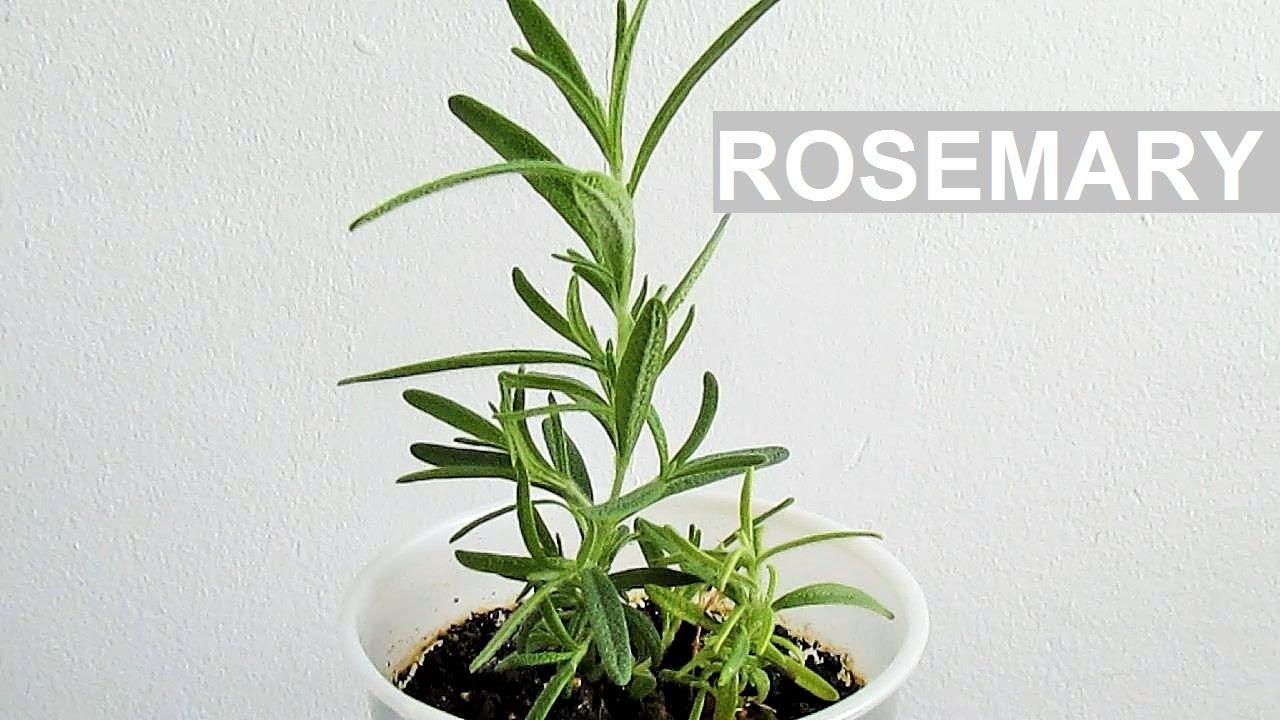
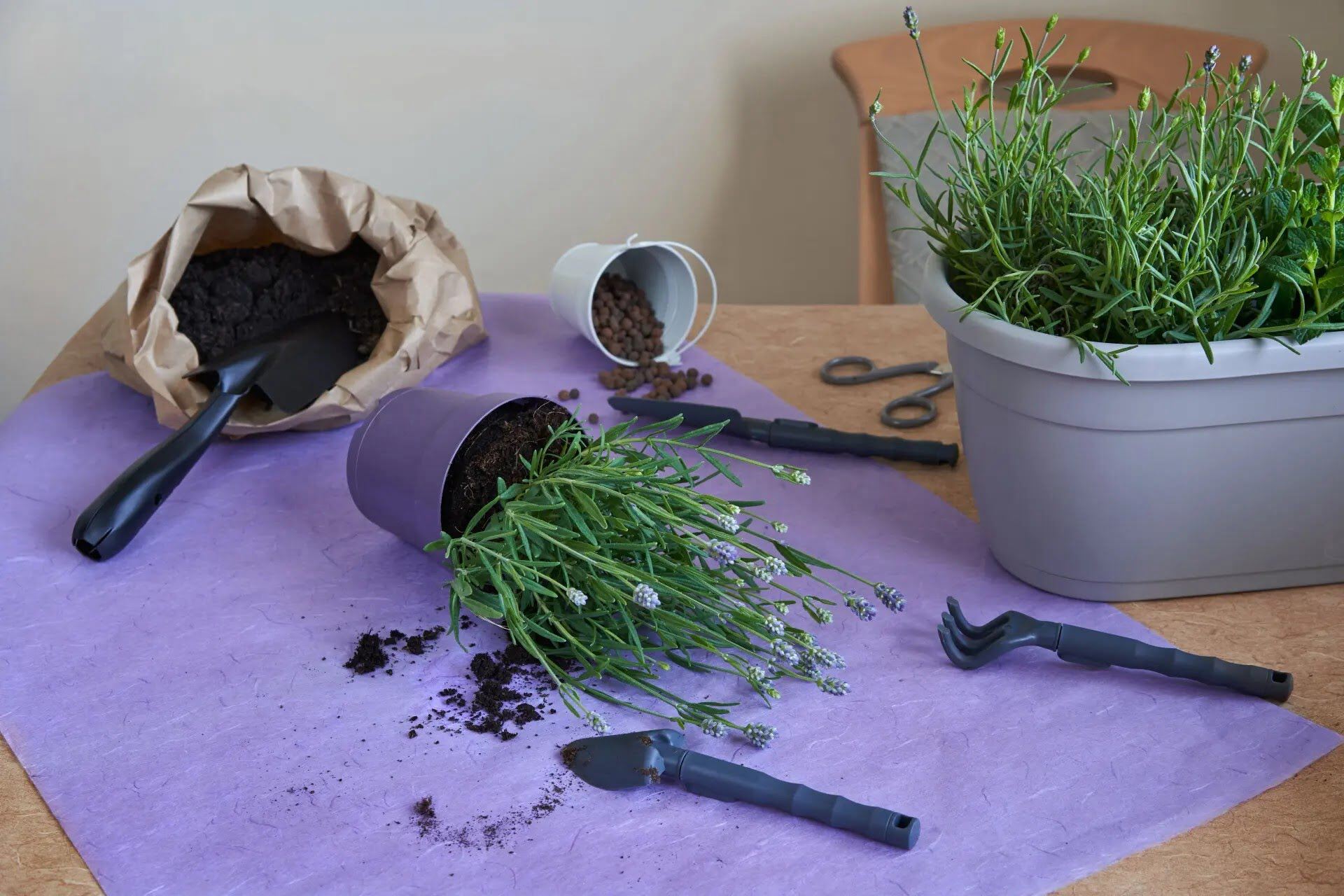
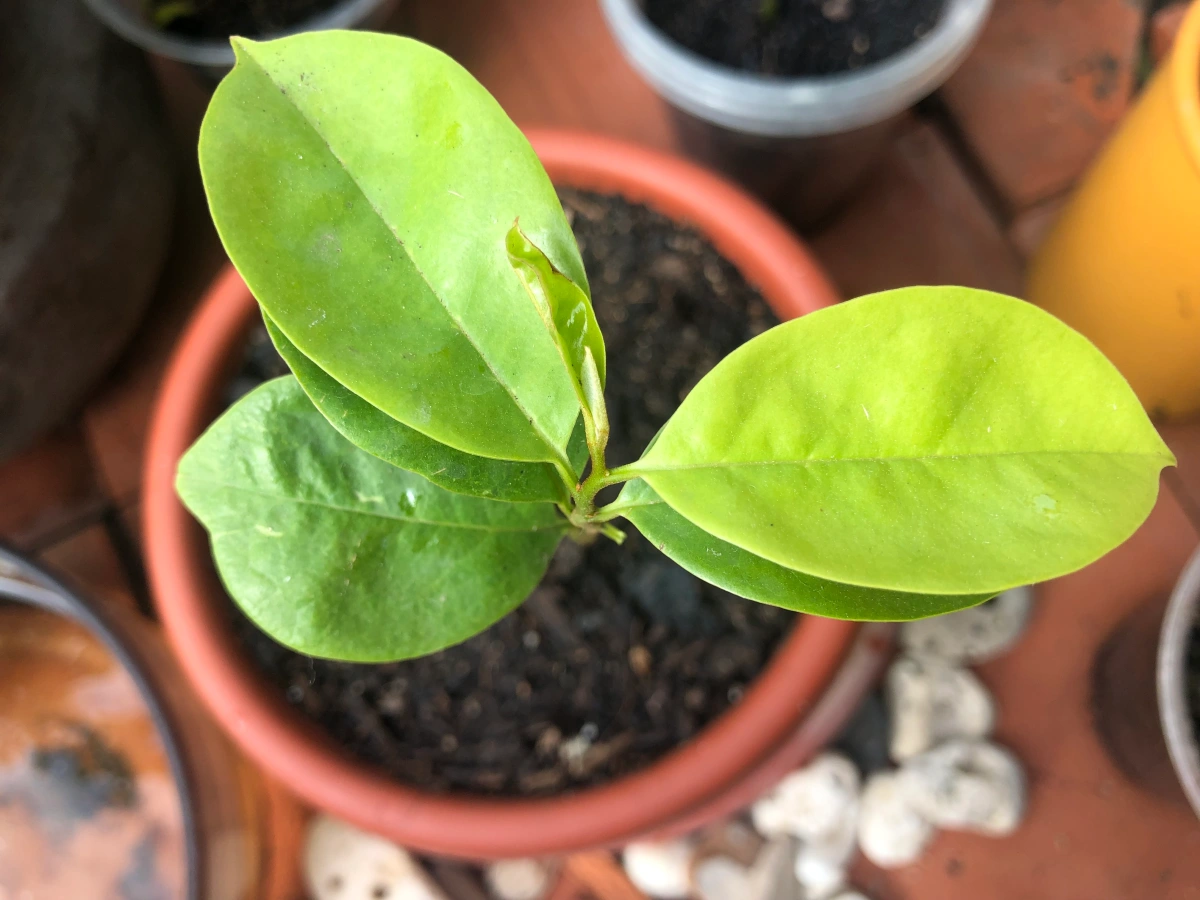
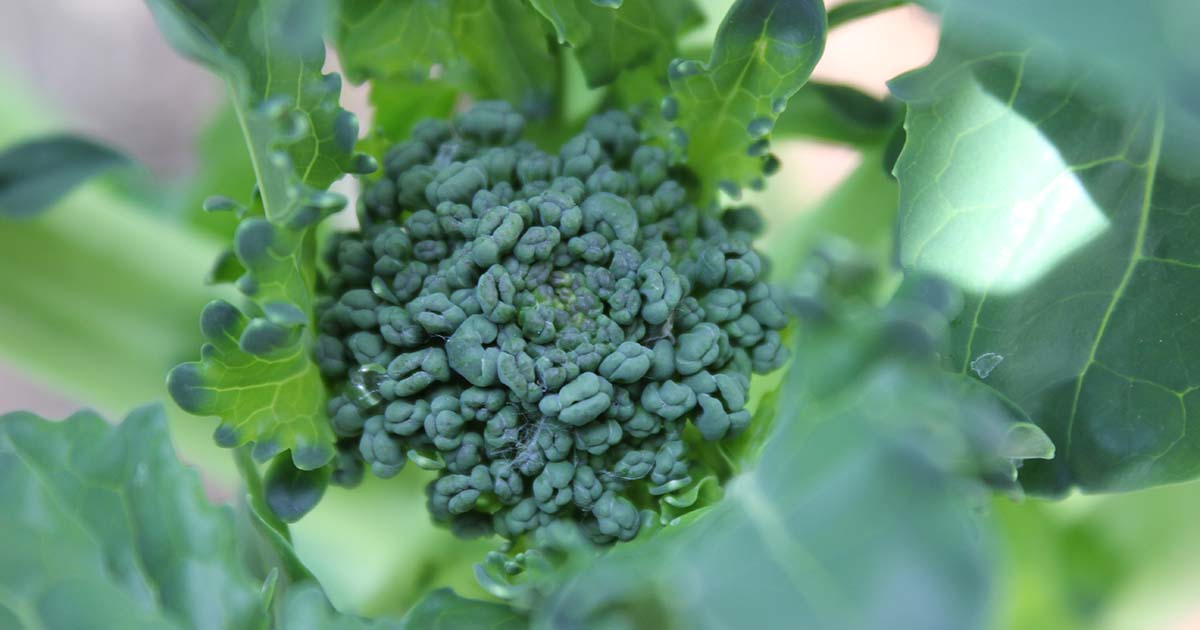
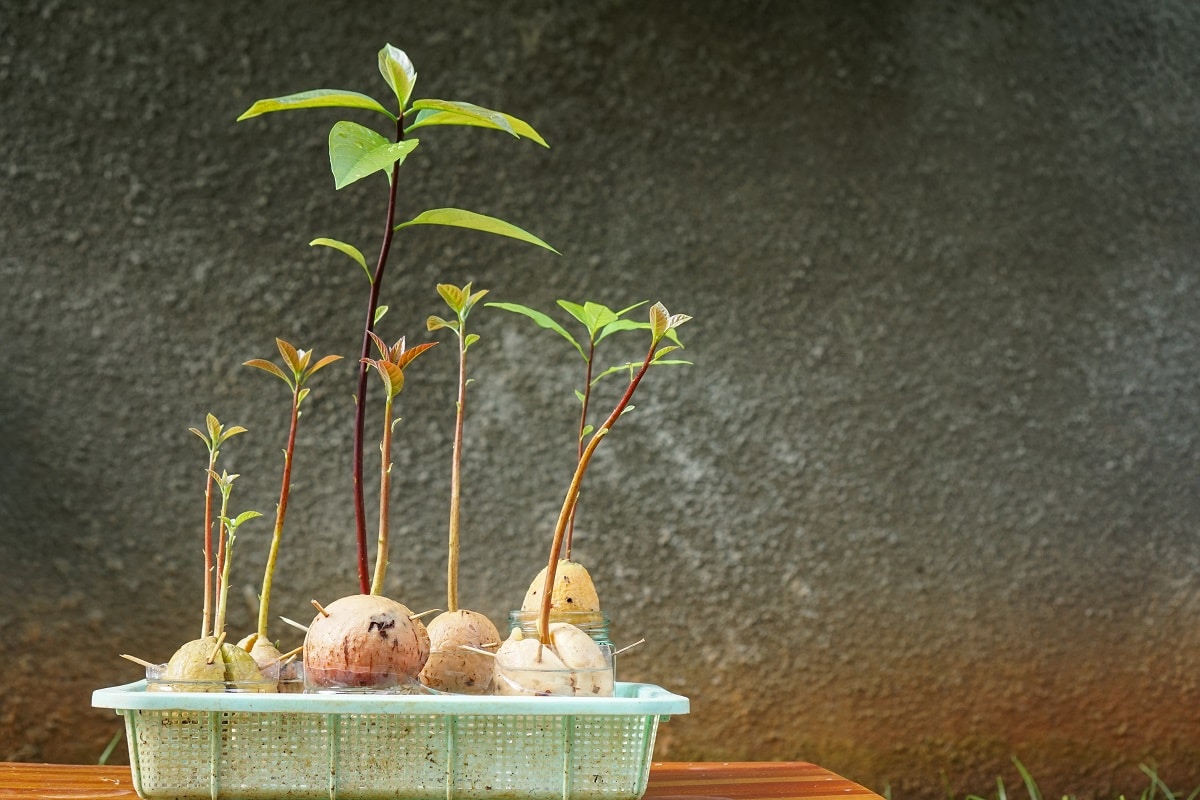
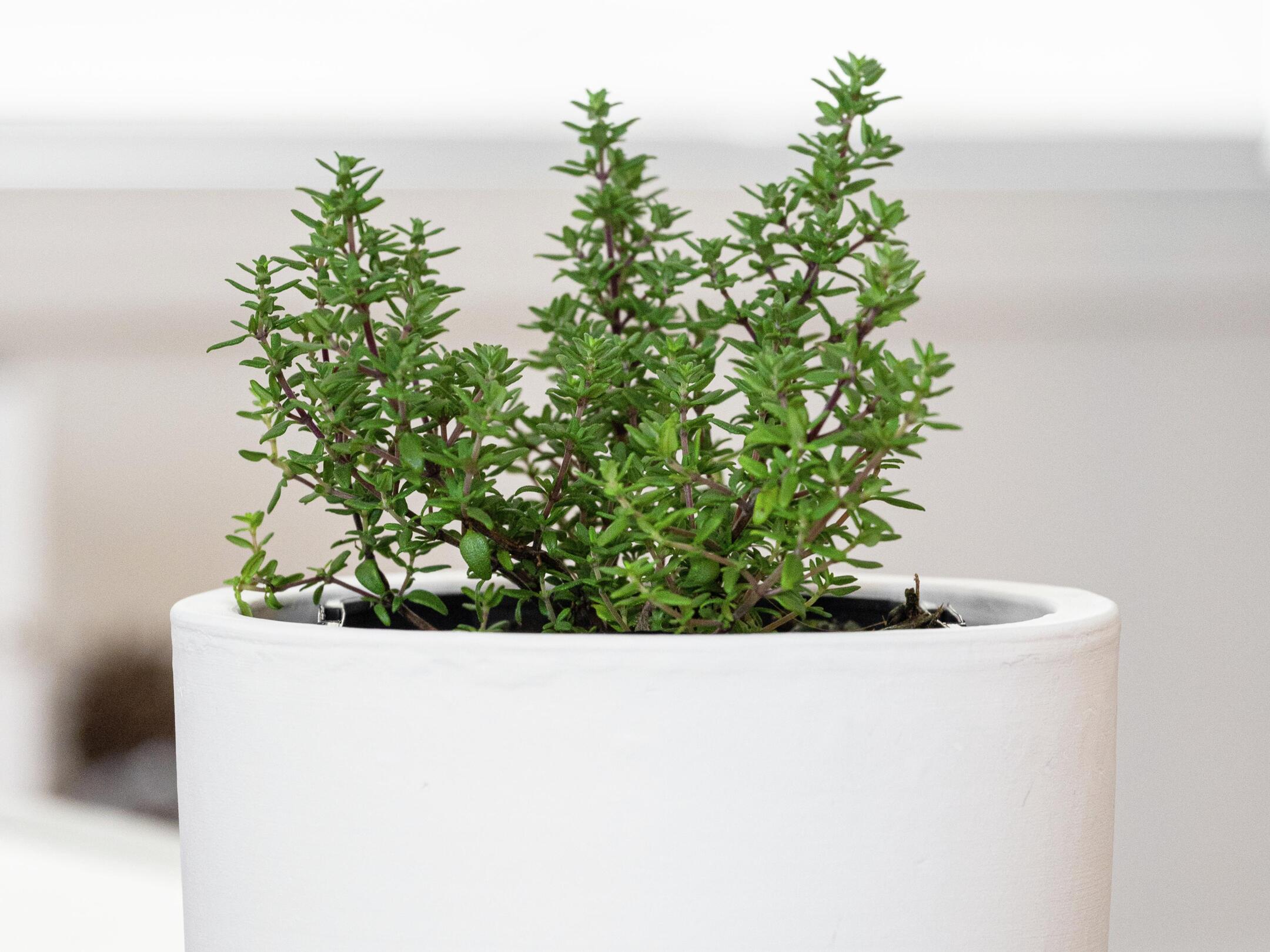
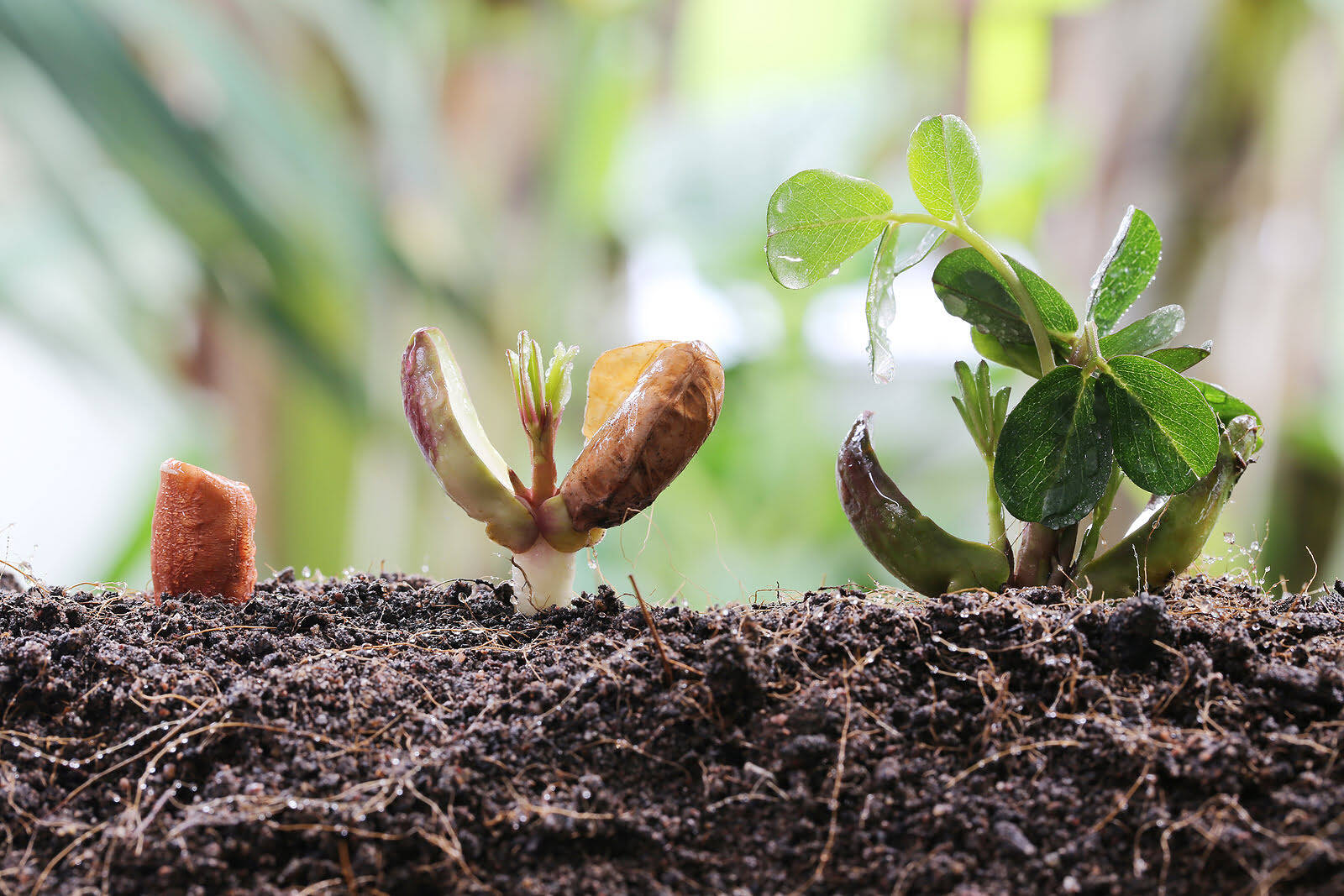
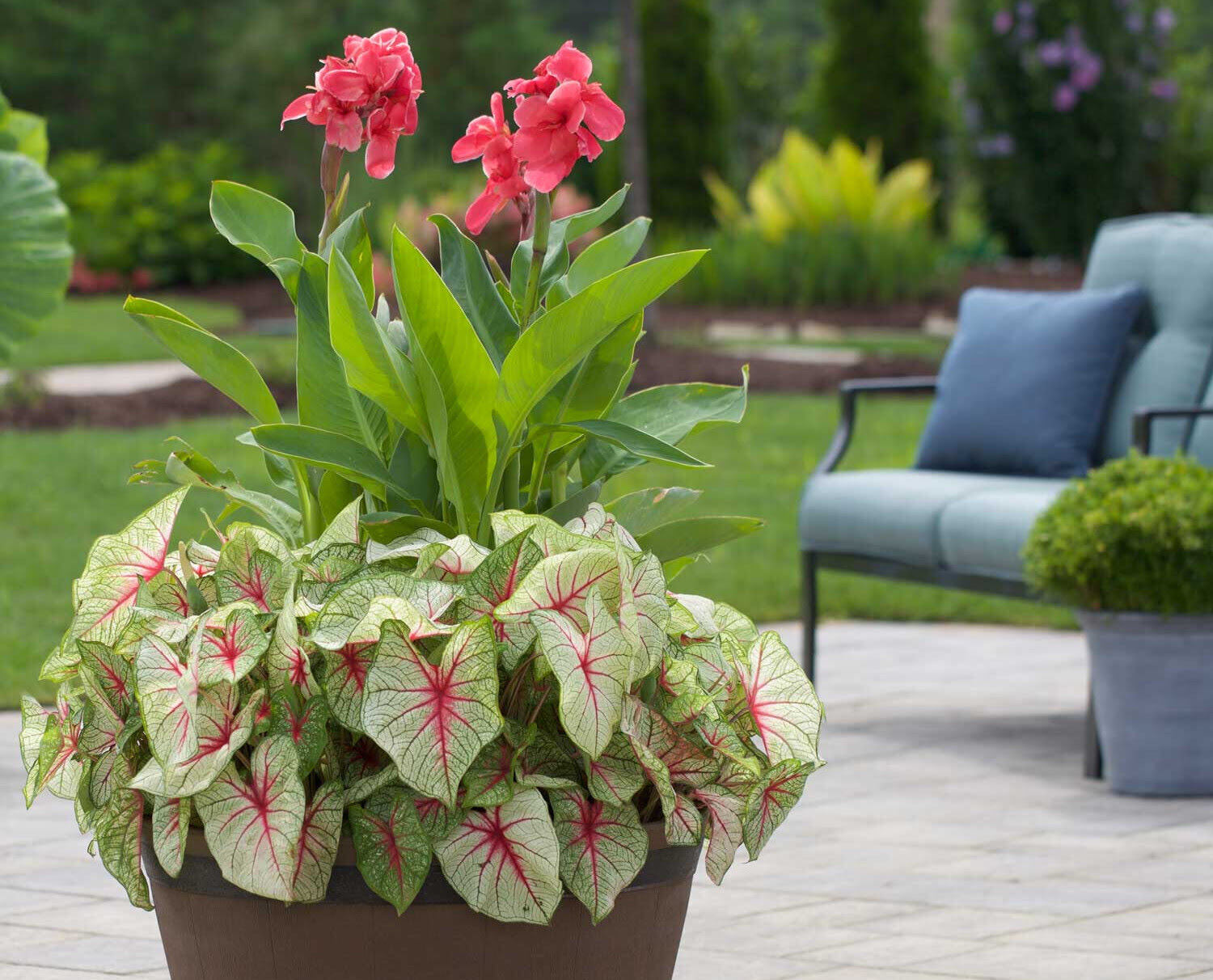
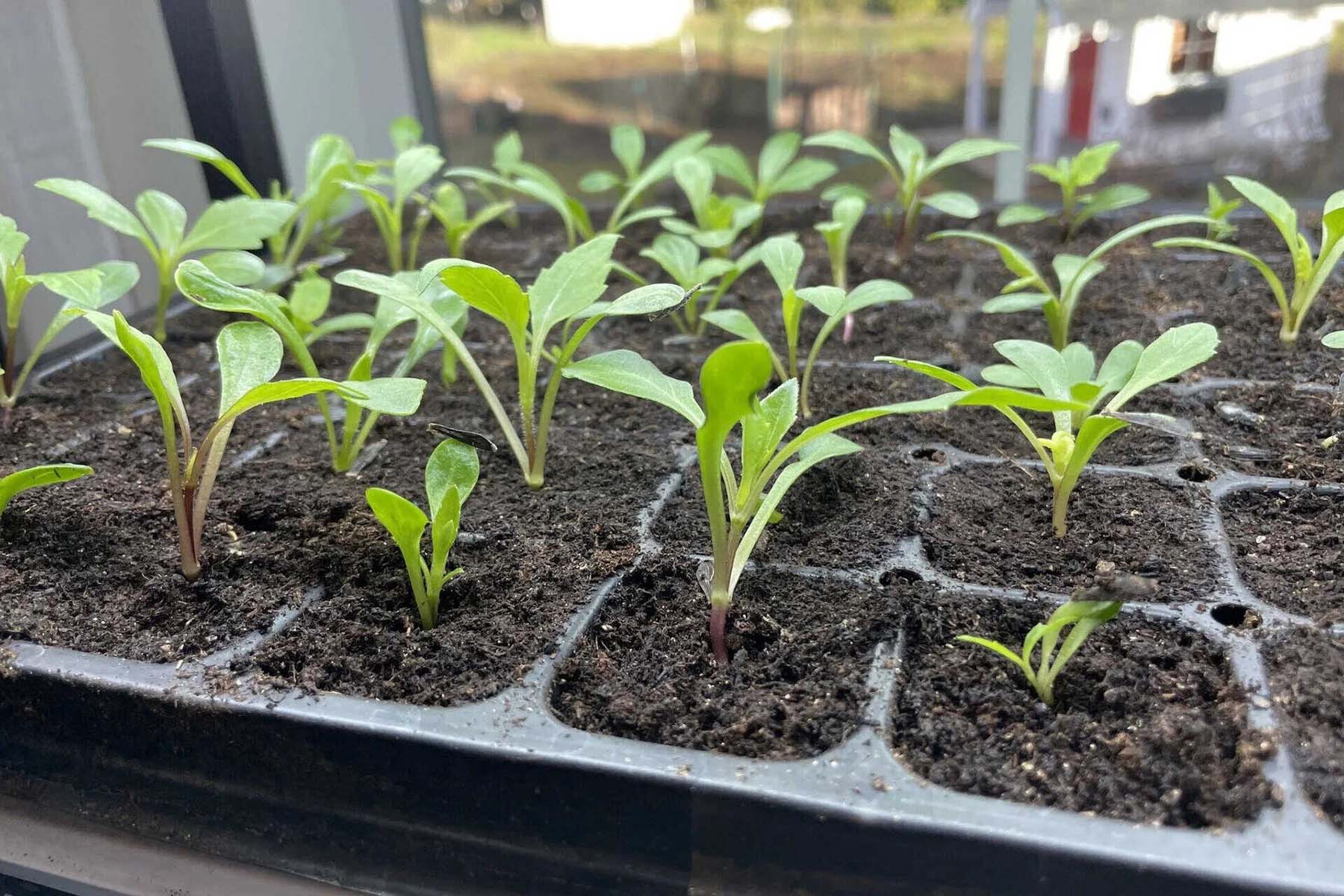
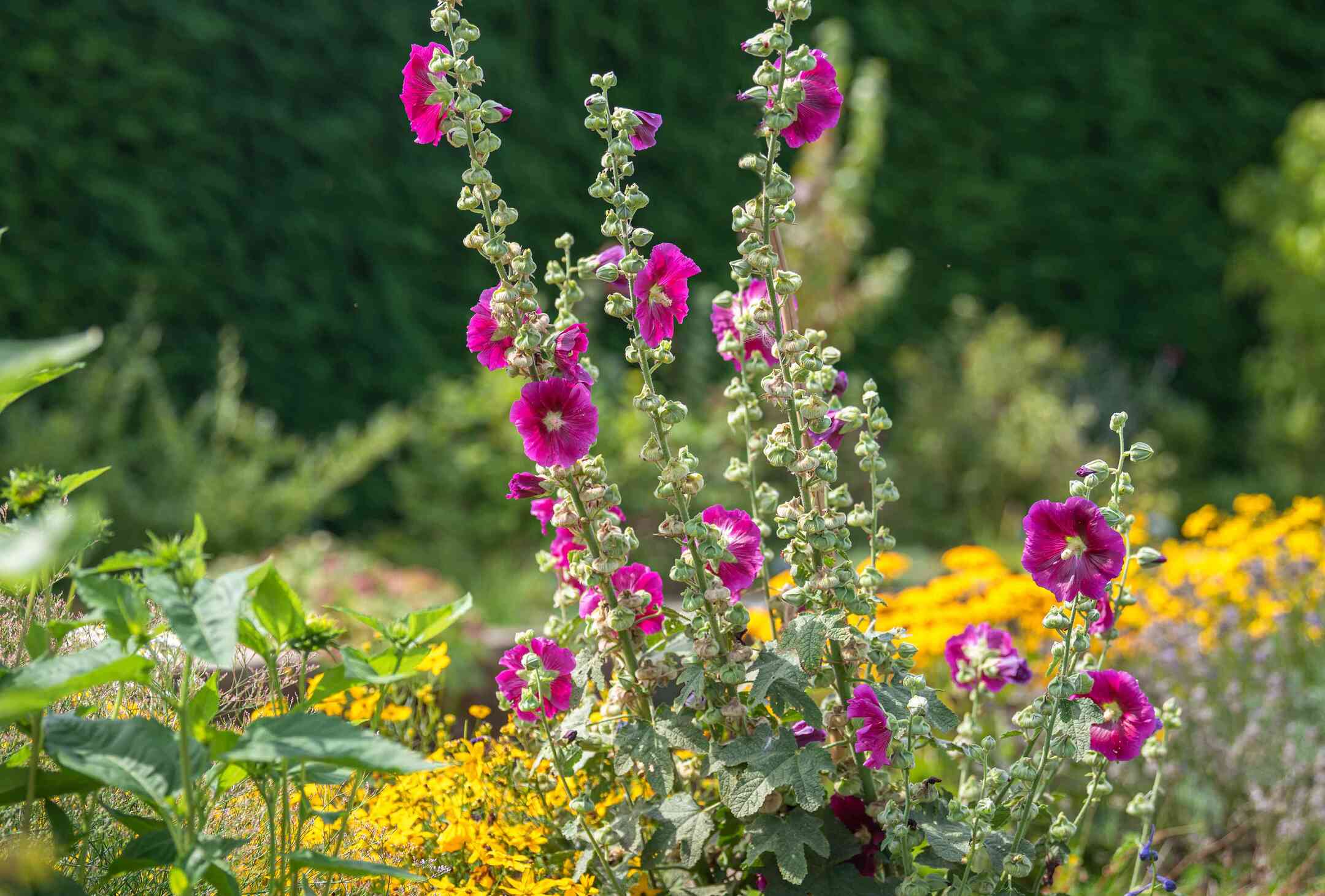
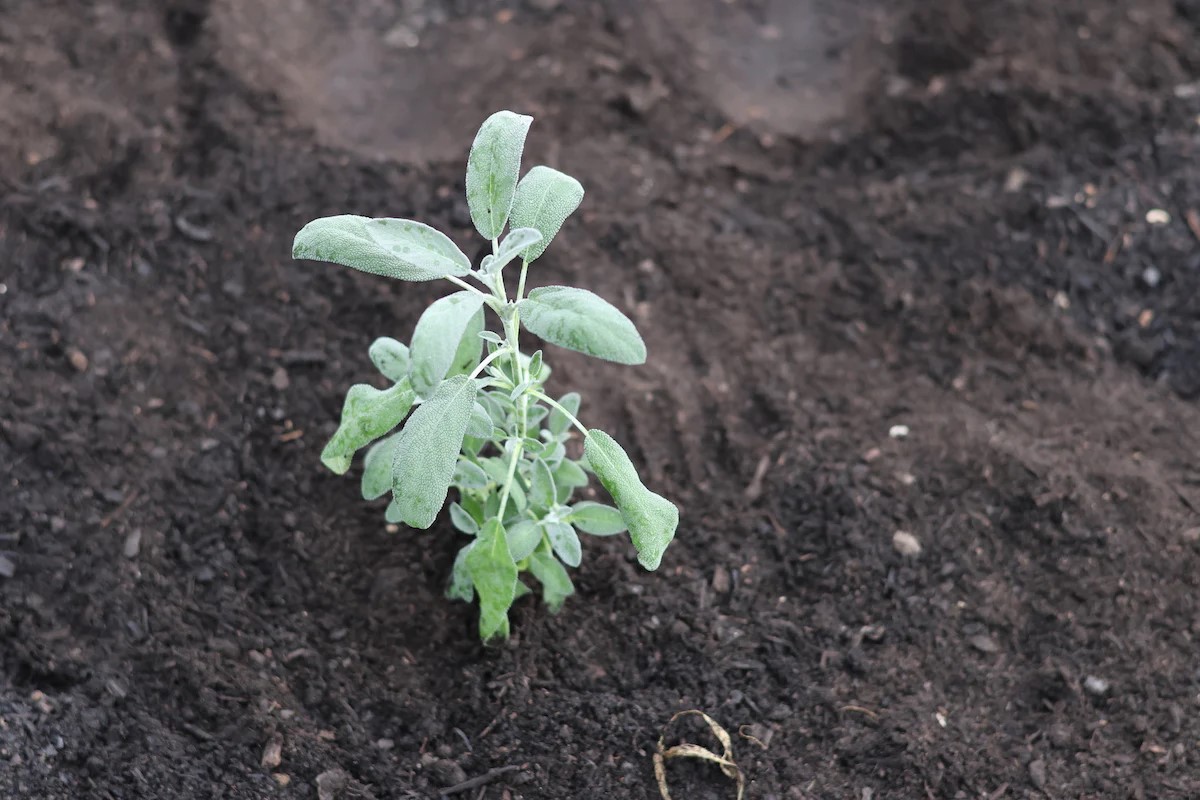
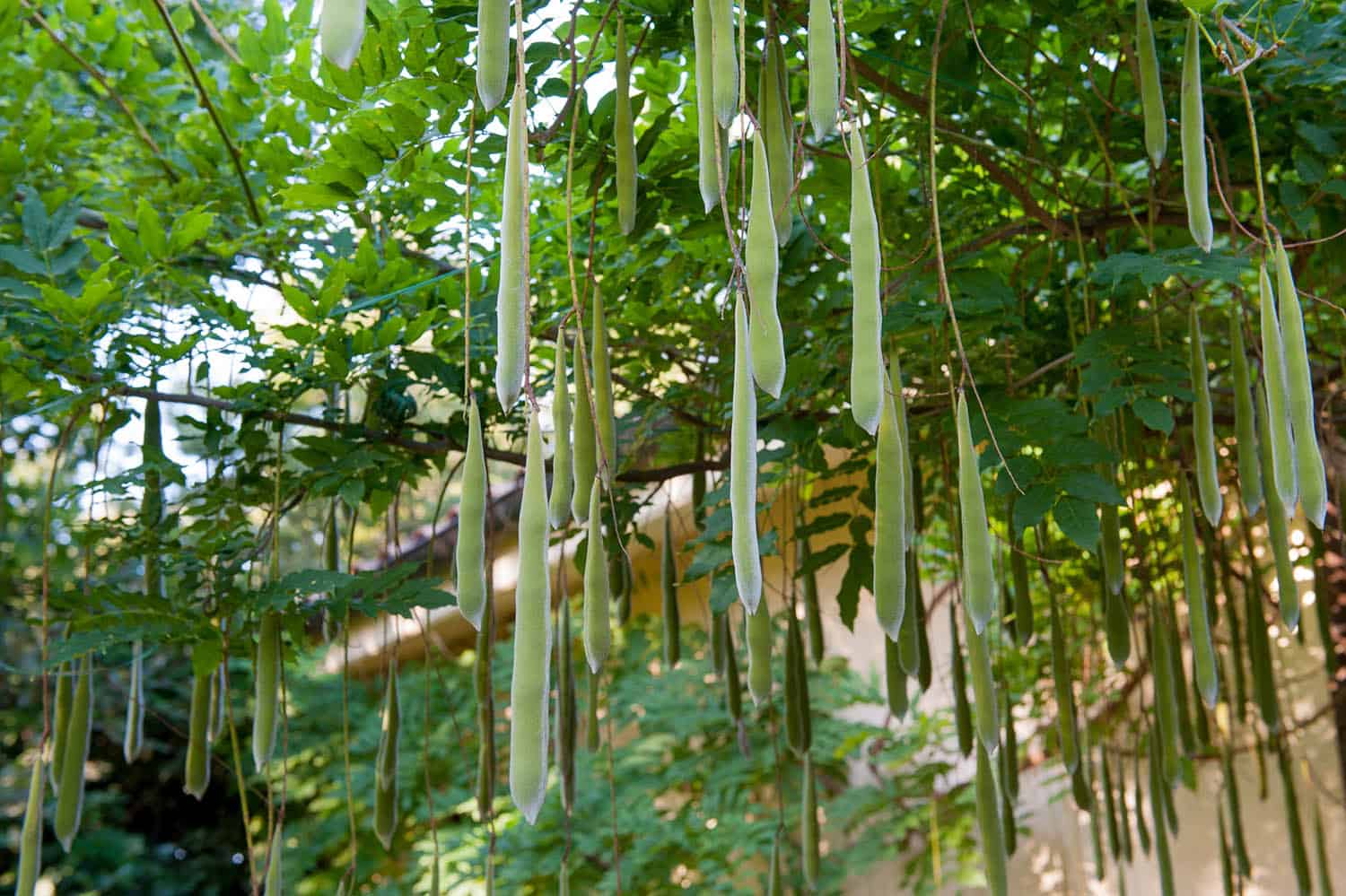
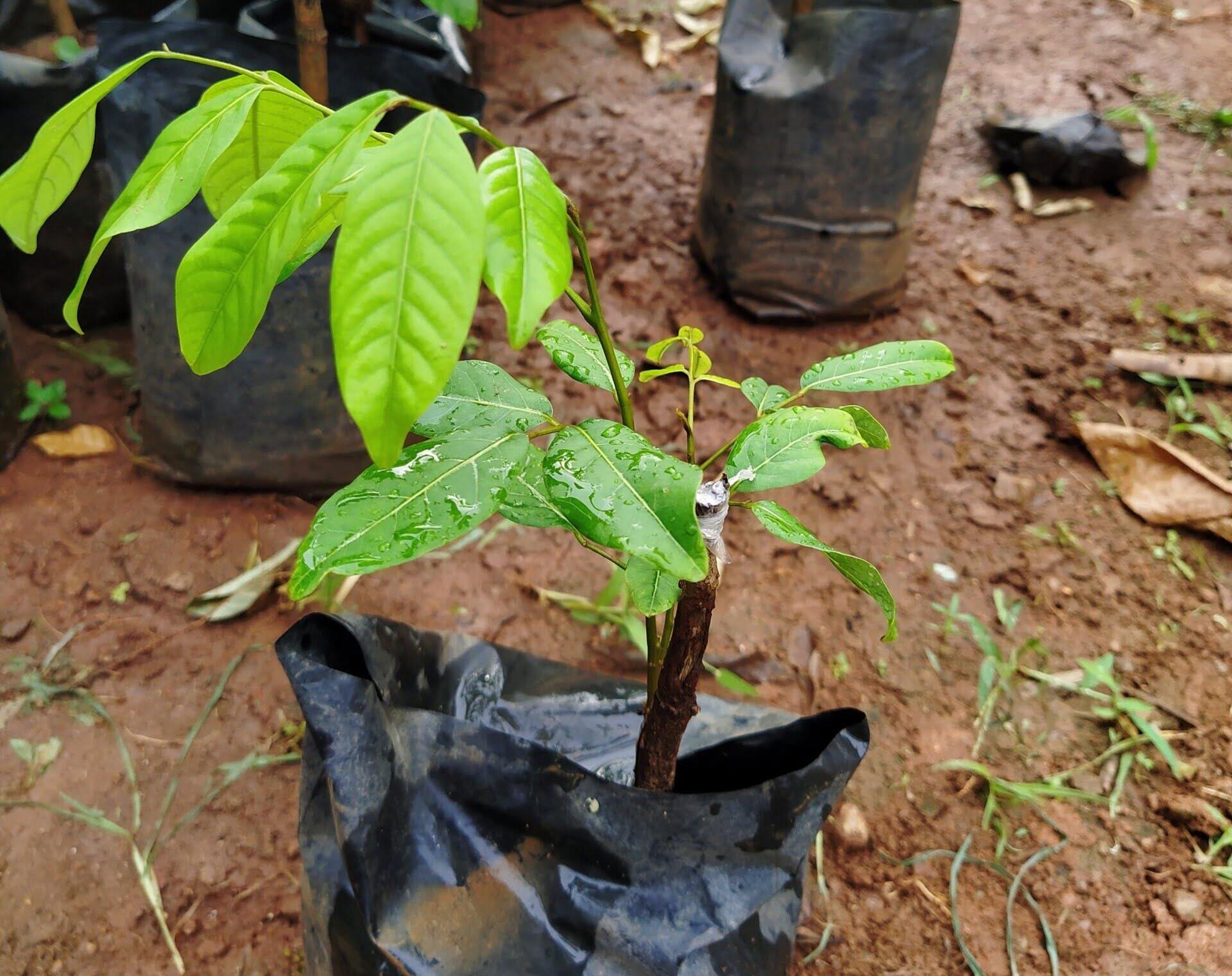

0 thoughts on “How To Grow Papaya From Seed”